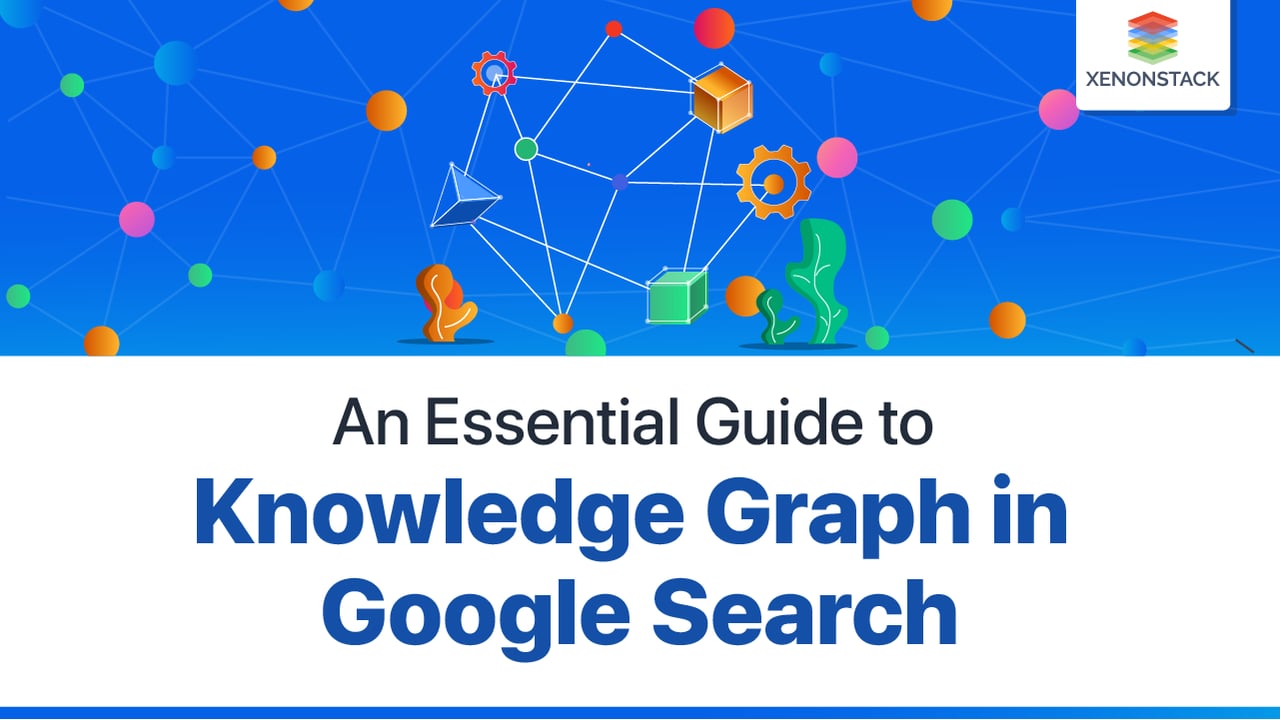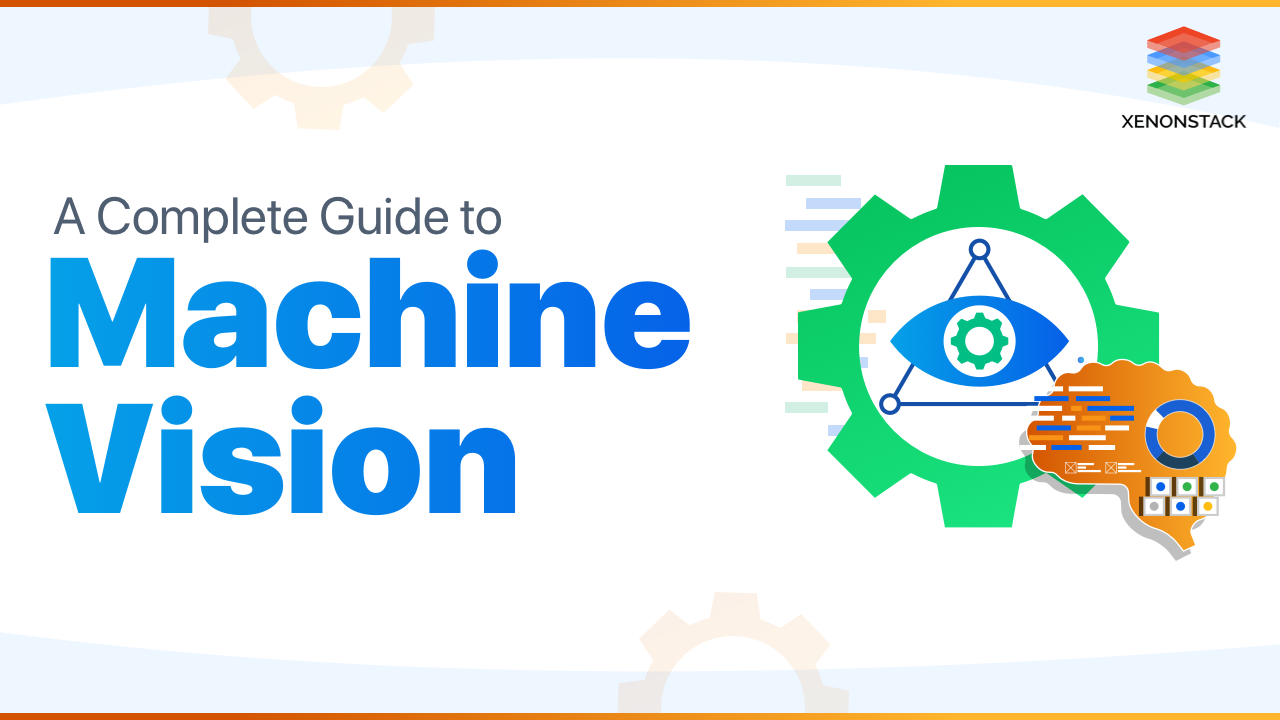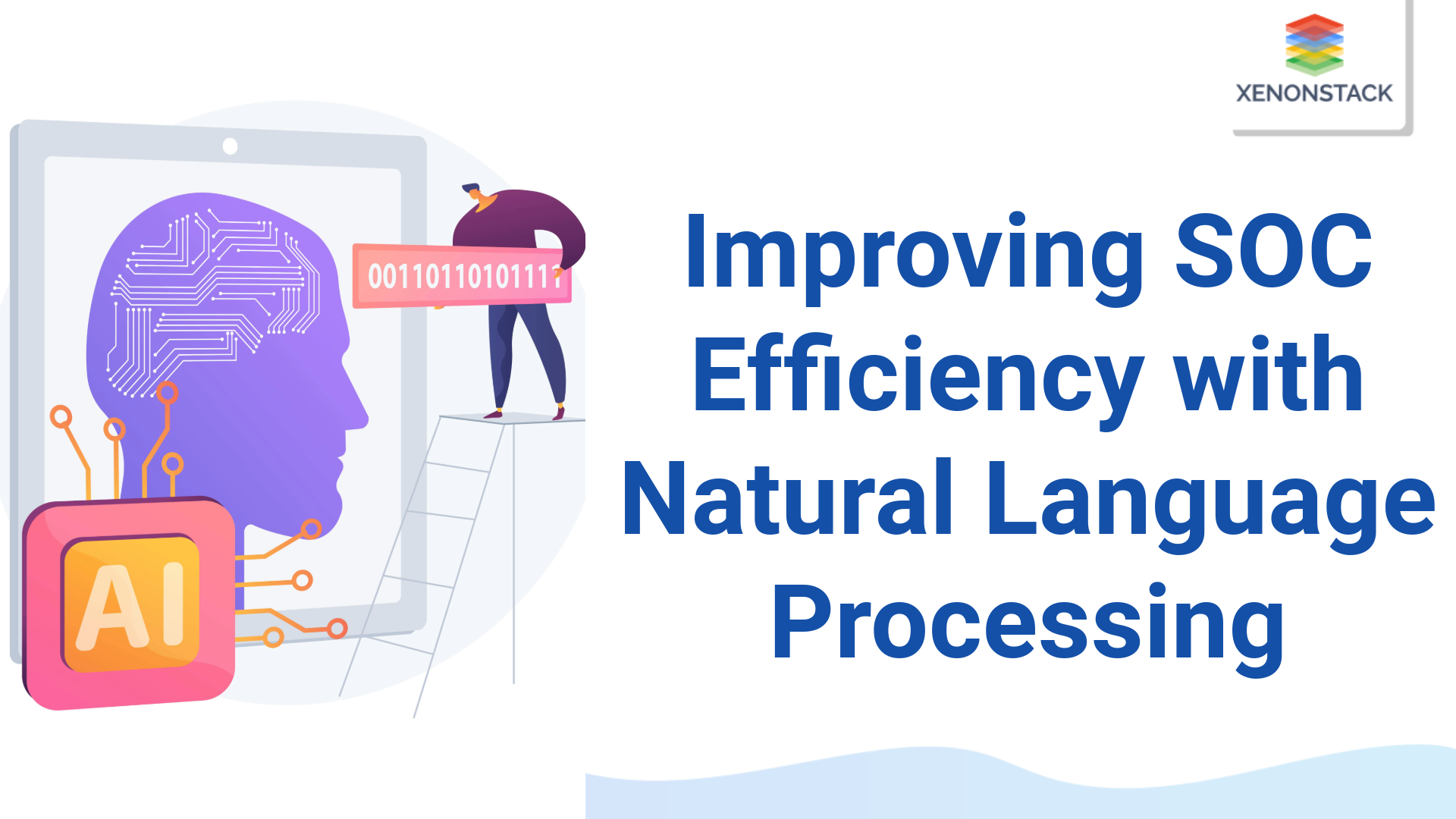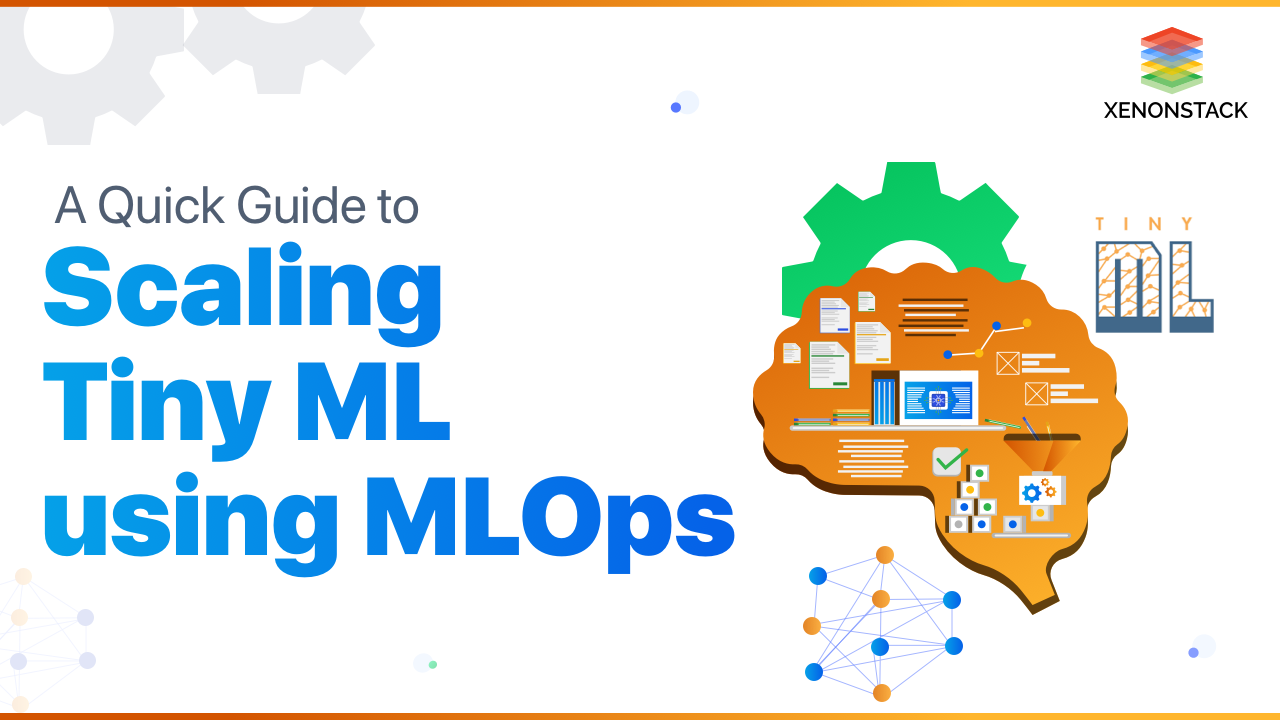
Introduction to Knowledge Graph
A knowledge graph is a graphical representation of a set of entities and the
relationships between them. It's a structured data model that organizes and connects information about real-world entities such as people, places, things, and
events. The goal of a knowledge graph is to provide a comprehensive and
interconnected view of information, making it easier for users to understand the
relationships between different entities and to find the information they're looking for.
A knowledge graph in Google Search is a system that provides relevant and concise information about the people, places, and things that users search for. Its purpose is to enhance the search experience by displaying a summary of the essential information about a query in a visually appealing and structured format, making it easier for users to find what they are looking for. The knowledge graph also helps Google understand the relationships between different entities and provides more
context-aware search results.
Graph Database is simply an online database management system providing create, Read, Update, and Delete (crud) operations. Taken From Article, Graph Database Architecture and Use Cases
How to Introduce Knowledge Graphs?
The term was coined in 1972 by Austrian linguist Edgar W. Schneider while discussing how to create modular instructional systems for courses. In the late 1980s, the The University of Groningen and the University of Twente jointly launched a project called "Knowledge Graphs" focused on developing semantic networks with edges bounded by a limited set of relations to facilitate graph algebra. In the decades since the distinction between semantic networks and knowledge graphs has blurred.
In 2012 Google introduced Knowledge Graph based on DBpedia and Freebase,
among other sources. Later they included RDFa, microdata, and JSON-LD content extracted from indexed web pages, including the CIA World Factbook, Wikidata, and
Wikipedia. Entity and relationship types related to this knowledge graph have been further constructed using terminology from the schema.org dictionary. The Google
Knowledge Graph has become a successful adjunct to Google's string-based search,
and its popularity on the web has made the term more common.
Since then, several multinational conglomerates have advertised knowledge graphs, further popularizing the term. These include Facebook, LinkedIn, Airbnb, Microsoft, Amazon, Uber, and eBay.
How Google uses Knowledge Graphs?
In Google search, a knowledge graph is used to help the users discover different
information more quickly and efficiently. Knowledge Graph has millions of entities that can describe real-world entities like people, places, and other things. All types of entities form the nodes of the graph, and these are called Knowledge Graph Entities.
The knowledge graph entities supported by the Programmable Search Engine for
- Define which pages are searched by the search engine.
- Within a search engine, it creates Refinements to narrow down search results.
How Google Gathering Information for Knowledge Graph?
Google gathers information for its Knowledge Graphs through various sources,
including
- Public databases and sources, such as Wikipedia, Freebase, and the CIA
World Factbook. - User-generated content, such as Google Maps reviews and information submitted through Google My Business.
- Data partnerships with companies and organizations, which provide structured data and information about their products, services, and operations.
- Google's algorithms and machine learning models analyze the relationships between concepts and entities mentioned on the web and in its other data sources.
The information collected is then structured and organized in a way that allows
Google provides relevant information to users in a concise and easily accessible
format.
One of the most accessible data visualization tools and does not require any technical skills. Taken From Article, Data Visualization with Microsoft Power BI
How Google Displays knowledge graph information in search results?
Google uses its Knowledge Graph to display information in search results through
a panel on the right side of the screen. This panel is designed to provide users with quick and easily accessible information about the topics they are searching for.
Developing a knowledge graph comprises two main sets of algorithms: construction and query algorithms. The former converts unstructured information into a graph of entities, the relationships between them, and their respective attributes. On the other hand, query algorithms are used to find relevant concepts within the knowledge graph to provide users with the desired answers. Building a knowledge graph from natural language sources such as web pages involves applying classic text mining techniques, including named-entity recognition, and NLP techniques, such as co-referencing and part-of-speech tagging, to identify and connect concepts. The identification of attributes is more complex, requiring a predefined schema with pattern-matching rules. Initially, Google's Knowledge Graph used semi-structured web information sources like Wikipedia alongside a structured knowledge base called Freebase, which scaled from 12 million to over 570 million references with 18 billion factual connections.
However, the manual curation of knowledge graphs is time-consuming and not scalable, so Google's Knowledge Vault uses probabilistic knowledge fusion techniques involving a population of extractors that mine facts from the web and a subsequent process of link prediction to determine what other edges are likely to exist. The predictions and extracted information are then fused to create new facts, each with a corresponding level of belief. The development of a knowledge the graph enables the creation of a structured, unambiguous graph model with index-free adjacency that is exceptionally quick to query, making the process of answering questions more efficiently.
The information in the Knowledge Graph can include a summary, images, links to related topics, and information about people, places, or things. Google's use of Knowledge Graph is a significant aspect of its strategy to deliver the most relevant and accurate information to users through its search results. By presenting information in a clear and easy-to-understand format, Google aims to make it easier for users to find what they are looking for and understand the topics they are researching.
Benefits of using knowledge graphs for search results
There are several benefits of using knowledge graphs for search results, including
- Improved Accuracy and Relevance: Knowledge graphs allow Google to provide more accurate and relevant information to users, as it draws from a wide range of sources and uses algorithms to analyze relationships between entities.
- Increased Speed and Efficiency: By displaying relevant information directly in the search results, knowledge graphs allow users to find quickly the information they're looking for without having to navigate multiple websites.
- Enhanced User Experience: Knowledge graphs provide users with a more comprehensive understanding of entities as they display relevant information in an organized and easily accessible format.
- A Better Understanding of User Intent: Knowledge graphs allow Google to better understand user intent and provide more relevant answers to questions, even when the user's query is phrased in a conversational or ambiguous way.
- Increased Trust in Search Results: By providing accurate and relevant information, knowledge graphs help to build trust in Google's search results and improve the overall credibility of the search engine.
Overall, the use of knowledge graphs in search results has the potential to greatly
improve the search experience for users and help them find the information
they're looking for more quickly and easily.
A set of technologies that use algorithms to help analysts analyze the connections between graph database entries. Taken From Article, Graph Analytics Tools and its Latest Techniques
Knowledge Panels in Knowledge Graph
Knowledge Panels are a feature of Google's search results that provide users with a quick and easy way to access information about entities in the Knowledge Graph.
Knowledge Panels appear as a box or panel on the right-hand side of the search results page and typically include a summary of key facts and information about the entity, along with links to related content.
For example, suppose you search for a famous person. In that case, a Knowledge Panel may appear with their photo, a brief bio, their occupation, birth date and place, spouse, and children, awards, honors, and links to their official website and social media profiles.
Knowledge Panels are generated automatically by Google's algorithms, which use the information in the Knowledge Graph to create a rich and informative summary of the entity being searched for. The information in the Knowledge Panel is sourced from a variety of public and private sources, including Wikipedia, the Freebase database, and Google's web crawling efforts.
In addition to providing users with a quick and easy way to access information about entities, Knowledge Panels also help improve search results' relevance and accuracy by providing context and additional information about the entities being searched for. They also help to promote authoritative and trustworthy sources of iinformation by including links to official websites and other reputable sources.
Overall, Knowledge Panels are a valuable feature of Google's search results that provide users with a wealth of information about entities in the Knowledge Graph, helping them to quickly and easily find the information they need.
The primary goal of GNN architecture is to learn an embedding that contains information about its neighborhood. Taken From Article, Graph Neural Network on AWS
What are the various types of Information Displayed in Knowledge?
The various types of Information Displayed in Knowledge are described below:
People
Information about people displayed in knowledge graphs can include their name,
image, occupation, education, awards, and other relevant biographical information. It can also include links to related information, such as articles, news, and social media profiles.
Places
Information about places displayed in knowledge graphs can include maps,
images, descriptions, locations, history, and popular tourist attractions. It can also include information about the local weather, time zone, and other relevant data.
Things
Information about things displayed in knowledge graphs can include product
specifications, images, reviews, and pricing information. It can also include information about related products and services and links to more detailed information about the product or service.
Relationships between people, places, and things
Knowledge graphs also display relationships between entities, such as the
relationships between people and places, or things and the companies that produce
them. This information can help users better understand the context and relationships between entities, making finding the information they're looking for easier.
A graph database may be traversed on specific edges or across the complete graph. Taken From Article, Graph Database: Working | Advantages
What are the example of Knowledge Graph in action?
The example of Knowledge Graph in action are below:
Search for a Famous Person
For example, if you search for "Elon Musk" on Google, you may see a knowledge graph panel to the right of the search results that provide information about Elon Musk. This information may include his image, biographical description, occupation,
a company he founded (Tesla, SpaceX), birthdate, and location. The knowledge graph may also display links to related information, such as news articles and social media profiles.
Search for a Place
For example, if you search for "Eiffel Tower" on Google, you may see a knowledge graph panel that provides information about the Eiffel Tower. This information may include a map and image of the tower, its location, history, and popular tourist attractions. The knowledge graph may also display information about the local weather, time zone, and other relevant data.
Search for Things
For example, if you search for "iPhone 12" on Google, you may see a knowledge graph panel that provides information about the iPhone 12. This information may include its image, specifications, and reviews. The knowledge graph may also display information about related products and services and links to more detailed information about the product or service.
In all of these examples, the knowledge graph provides users with quick and relevant answers to their queries, helping them find the information they're looking for
more efficiently and effectively.
Criticisms and Challenges for knowledge graph used in Google search
While the Knowledge Graph used in Google Search is an impressive feat of technology, it is not without its criticisms and challenges. Here are a few examples:
- Bias: Knowledge graphs can be biased towards specific sources of information,
particularly those that are already well-established or popular; it is one of the biggest criticisms of the knowledge graph. For that reason, it can lead to a diversity of resources which can be problematic, particularly on those topics, which are most controversial. - Inaccuracy: While Google works hard to ensure the accuracy and reliability of the information in the Knowledge Graph, there are still instances where incorrect or outdated information can be presented. This can be particularly problematic for
topics where accuracy is critical, such as medical information. - Privacy: The Knowledge Graph relies on a vast amount of data to function, much of which is collected from users' search queries and other online activities. This has raised concerns about privacy and data protection, particularly in light of recent data breaches and scandals involving other tech companies.
- Monopoly: Some critics have argued that Google's dominance in the search the market gives it too much power over the information that users are exposed to, and that the Knowledge Graph reinforces this monopoly by limiting the diversity
of information presented.
Overall, while the Knowledge Graph is an impressive feat of technology, it has its criticisms and challenges. As with any technology, it is essential to weigh the benefits and drawbacks and work to address any shortcomings to create a more
equitable and accessible online ecosystem.
Conclusion
The importance of knowledge graphs in search results lies in their ability to provide
users with quick and accurate information without having to click through multiple links. These graphs help to create a more intuitive and user-friendly search experience. The future of knowledge graphs in Google Search is bright. With the increasing use of machine learning and artificial intelligence, these graphs will continue to evolve and become more sophisticated, providing users with even more accurate and relevant information. In conclusion, using knowledge graphs in Google Search has revolutionized how we search for information. It has become an essential tool for both users and businesses alike. As technology advances, it is expected that knowledge graphs will continue to play a critical role in shaping the future of search results.
- Read here about Graph Neural Networks in Computer Vision
- Discover here about Interactive Data Visualization Techniques
- Explore here about Graph Database for Recommendation Systems


